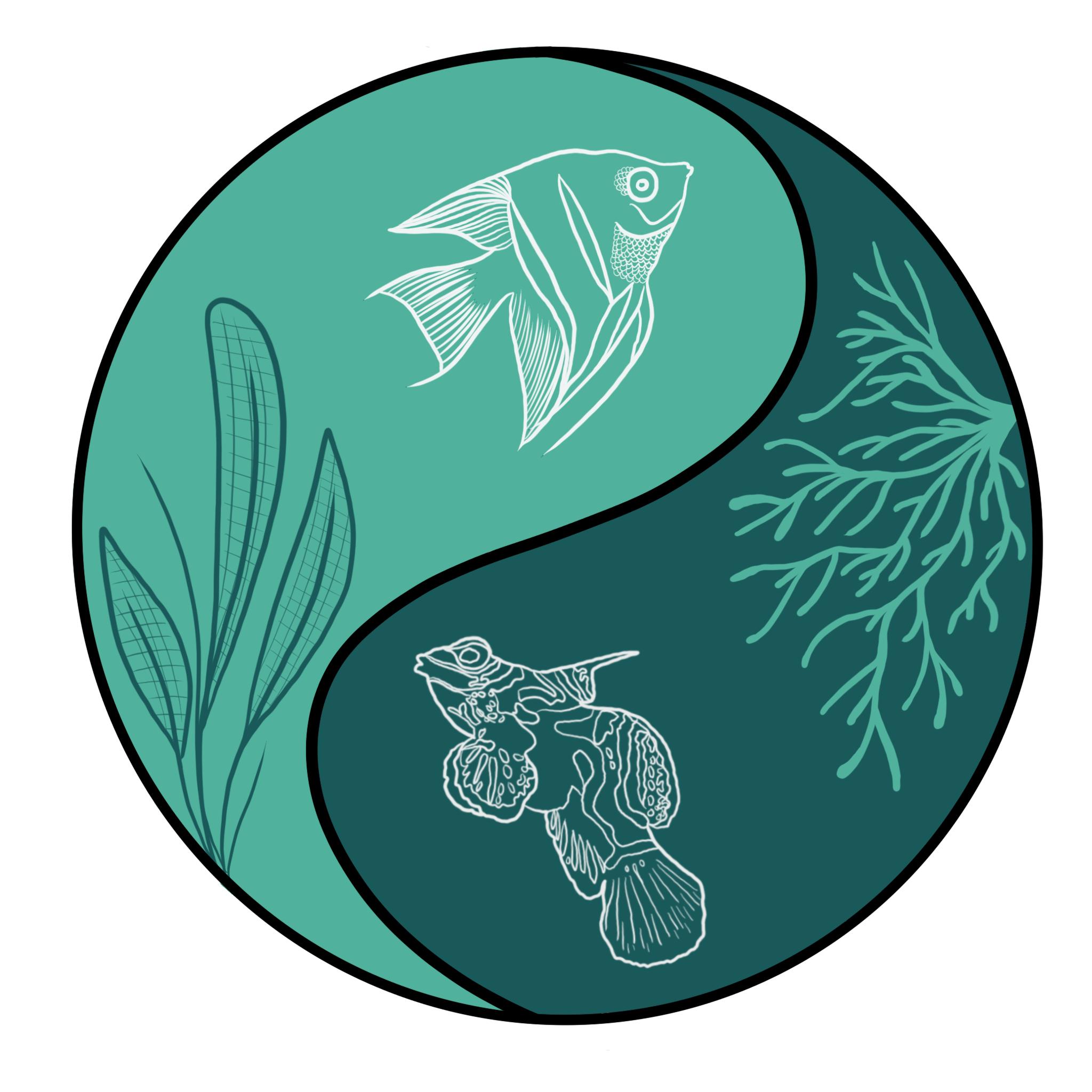AquaZen
Piptospatha ridleyi
Piptospatha ridleyi
Couldn't load pickup availability
Piptospatha ridleyi Care Guide
Common Name: Piptospatha ridleyi
Difficulty Level: Moderate to Advanced
Family: Araceae
General Description:
Piptospatha ridleyi is a rare and exotic aquatic plant known for its unique, elongated leaves and subtle coloration. Originating from fast-flowing streams in Southeast Asia, this rheophytic plant thrives in high-humidity environments with stable water conditions. It is best suited for experienced aquarists due to its specific requirements.
Care Requirements:
1. Tank Size:
- Minimum Tank Size: 10 gallons (38 liters)
- Prefers a well-maintained, mature aquarium.
2. Lighting Requirements:
- Lighting: Low to Moderate
- Too much light can cause algae growth on its leaves, so shaded areas or diffused lighting are ideal.
3. CO2 Requirements:
- CO2: Recommended for optimal growth
- Though not essential, CO2 supplementation significantly enhances its growth and health.
4. Water Parameters:
- Temperature: 22-28°C (72-82°F)
- pH: 5.5-7.0
- Hardness: Soft to moderately soft
5. Substrate:
- Substrate Type: Rock or driftwood attachment preferred
- Like Bucephalandra and Anubias, Piptospatha ridleyi should not be buried in the substrate; instead, attach it to hardscape elements such as rocks or driftwood.
6. Fertilization:
- Nutrients: Low to Moderate
- Benefits from occasional liquid fertilization containing micronutrients to support healthy growth.
7. Maintenance:
- Water Flow: Moderate to Strong
- Prefers environments with steady water movement, mimicking its natural habitat.
- Growth Rate: Slow to Moderate
8. Propagation:
- Propagation Method: Rhizome division
- Grows by producing small offshoots from its rhizome, which can be carefully separated and attached to new surfaces.
9. Placement in Tank:
- Placement: Foreground to Midground
- Works well in aquascapes that incorporate river-like settings with strong currents.
Summary:
Piptospatha ridleyi is a fascinating and rare plant that adds a unique touch to aquariums. It thrives in soft, acidic water with good flow and does best when attached to rocks or driftwood. While it requires moderate care and benefits from CO2, its slow growth and exotic appearance make it a prized choice for advanced aquascaping enthusiasts.


